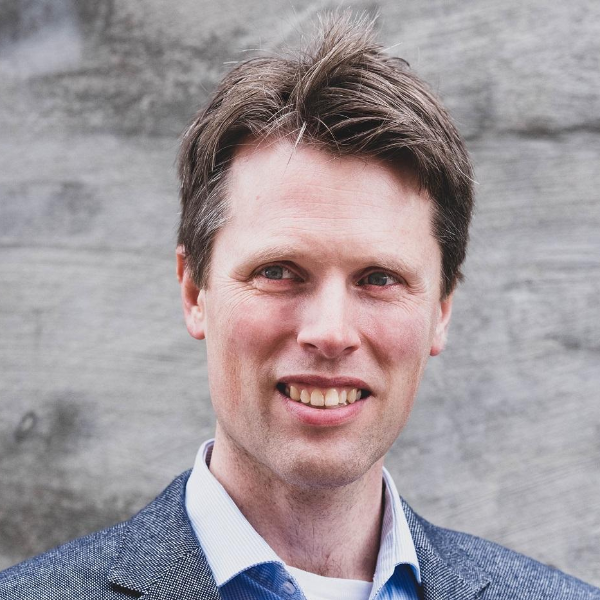The story of Huig de Waardt

The story of Huig de Waardt
Being allowed to contribute to the reinforcement of the Afsluitdijk – specifically, the design of its discharge sluices – makes me proud. Climate change means that sea levels are rising, heavier rainfalls are expected and our rivers’ peak discharges are increasing. To meet these challenges, the Directorate-General of Public Works and Water Management (Rijkswaterstaat) is reinforcing the Afsluitdijk, which includes enlarging its civil engineering structures and increasing its discharge capacity.
The Afsluitdijk is an icon. It’s fascinating to be given an insight into the design of its discharge sluices. Tackling today’s challenges makes you more aware of how ingenious Lely’s ninety-year-old design is.
This project is a fantastic opportunity for me in terms of personal and professional development. The work is complex; as design head for existing discharge methods, I’m challenged by the Levvel construction consortium (BAM, Van Oord and Rebel) to think outside the box. It’s also a challenge keeping the team aligned in a volatile context. We’re charged with strengthening the five existing discharge complexes of the Stevin and Lorentz locks. Among other activities, our work includes replacing the 50 existing gates together with their 100 drive mechanisms; strengthening the existing pillars and the northern lifting towers; draining and renovating the 25 existing sluice tunnels; replacing and strengthening the current ground protection measures; renovating the 50 road bridges; and replacing the 25 bicycle bridges – and all this while continuing to repel and discharge water as the highway remains open.
In the lifting towers, we’re replacing the existing drive mechanisms – which employ ballast blocks – with hydraulic drives. This will mean the gates can close themselves even in the event of a power failure. The lifting towers’ silhouette comprises the essence of this monument. So, how do you replace the drive mechanisms?
We’re in discussion about this with our Levvel project team, colleagues from operations, and Rijkswaterstaat. In Harlingen, we’ve built a life-sized model of a lifting tower to practise on. A project like this brings the best out of people: we’re challenged to innovate, update, and think and work safely. I’ve been working on the Afsluitdijk for four years now and I expect it to go on for two more years. When you’re involved in a project like this, it becomes your whole world – you’re consumed by it. And the whole of the Netherlands is looking over your shoulder.
'A project like this brings the best out of people: we’re challenged to innovate, update, and think and work safely.'
- Huig de Waardt -

More information?
